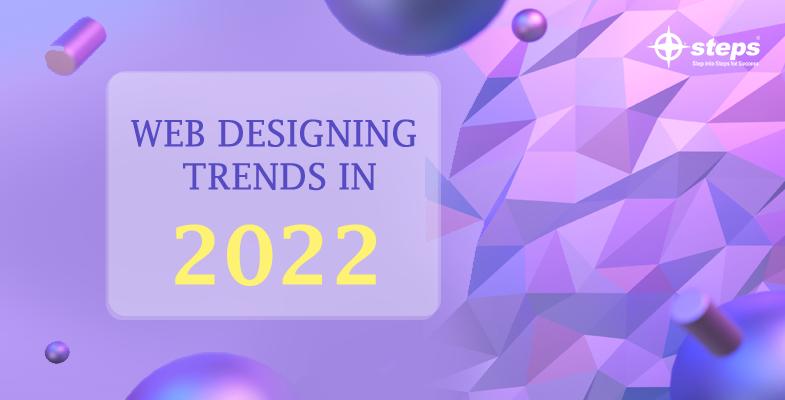Process to deliver websites faster and more professional

Web designers often believe the web design method with a focal point on practical matters such as wireframes, code, and content management. But great design isn’t about how you incorporate the social media buttons or yet professional visuals. Great design is actually about creating a website design that supports all the latest web standards and strategies.
Well-made websites attract visitors and help people understand the product, company, and branding through a variety of indicators, surrounding visuals, text, and interactions. That means every aspect of your site needs to work towards a clear goal.
To achieve satisfying creation of elements in the Website design process requires at least 7 steps to follow:
- Goal classification: In the initial stage, the designer needs to identify the end goal of the website design, usually in close collaboration with the client or other stakeholders. What is the intention of the website?
- Scope definition: Since we know the site’s goals, we can describe the range of the project. Which means what all pages and features the site need for fulfilling the goal, and the timeline for building those out?
- Sitemap and wireframe design: With the scope clear, we can start digging into the sitemap, defining how the content and features we defined in scope description will correlate.
- Content creation: Creating content for the single pages, always keeping search engine optimization (SEO) in mind to assist keep pages focused on a single matter. It’s fundamental that you have genuine content to work with for our next stage.
- Visual elements: With the site structural design and some content in place, we can start functioning on the visual brand. Depending on the client, this may already be clear, but you might also be defining the visual style and experiments to create a feast for the client’s eyes.
- Testing: As all the web pages are defined and how to display the site to visitors, so it’s time to test it all works. Combine manual browsing of the site on multiple devices with automated site crawlers to recognize everything from user skill issues to simple broken links.
- Launch: Once everything’s working beautifully, it’s time to prepare and execute your site launch! Once the site goes live, you can continually run user tests on new content and features, monitor analytics, and refine your messaging.


